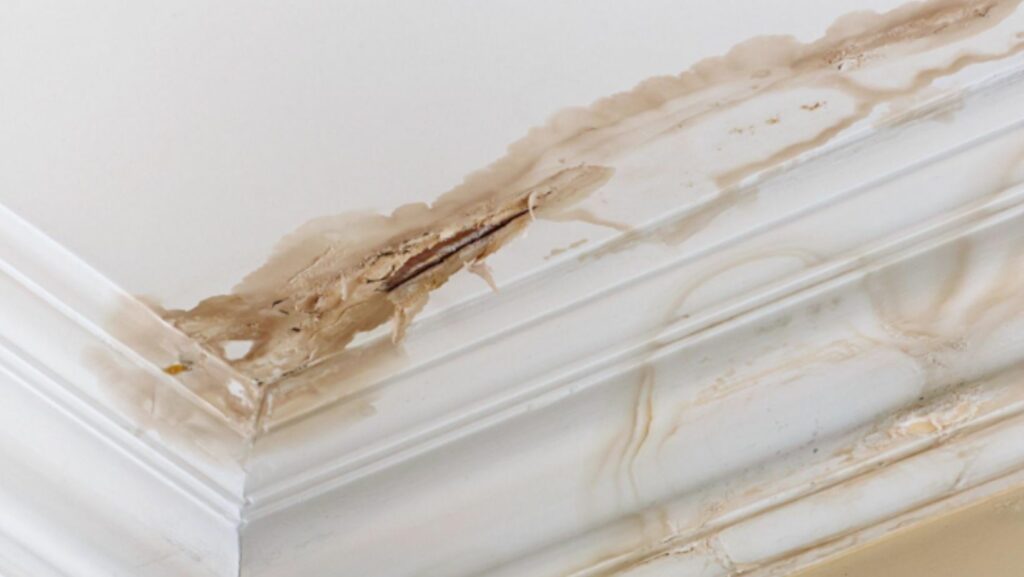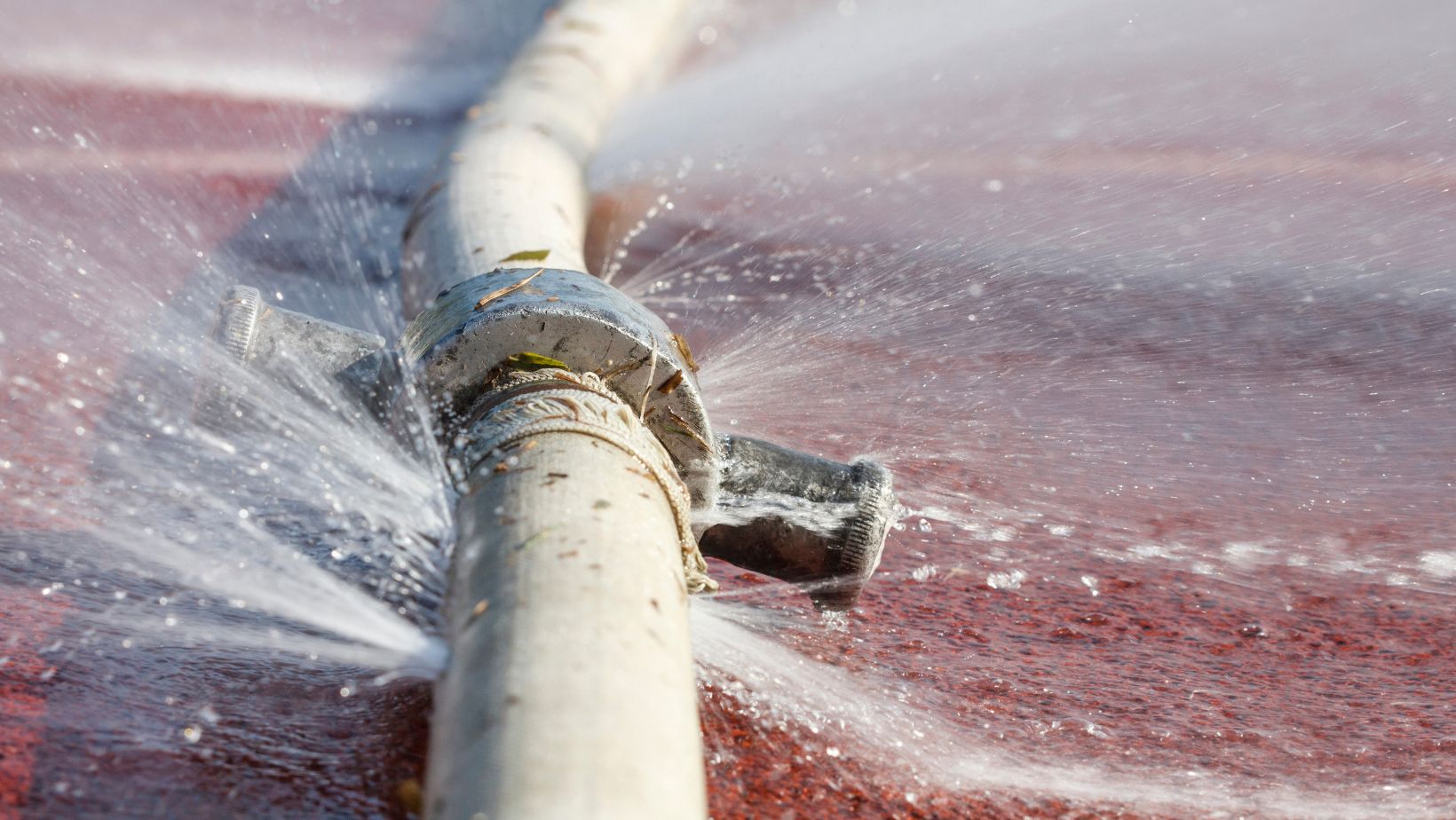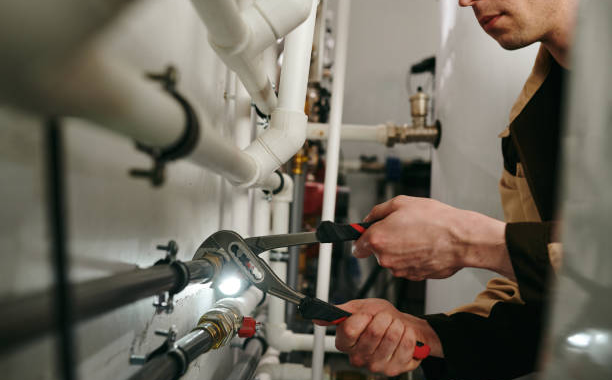How to Detect and Address Hidden Water Leaks Efficiently

Hidden water leaks can be a homeowner’s nightmare. These insidious issues often go unnoticed until significant damage has already occurred. Ignorance isn’t always bliss; leaving water leaks unaddressed can lead to costly repairs, structural damage, and even health problems due to mold growth. This article aims to guide you through the efficient detection and resolution of hidden water leaks. By taking proactive steps, you can prevent extensive damage and keep your home safe and sound.
Understanding the Common Causes of Hidden Water Leaks
Hidden water leaks don’t just appear out of thin air. Various factors contribute to their development, starting with faulty plumbing systems. Pipes and fittings that were improperly installed or are of substandard quality can become a breeding ground for leaks. To proactively address these issues, it’s important to consider regular inspections, including leak detection Melbourne services, which can identify and mitigate potential problems before they cause significant damage.
Additionally, damaged or old pipes can easily develop cracks or holes. Pipes made of materials like copper or steel can corrode over time, leading to leaks that are often hidden behind walls or under floors. In areas like bathrooms and basements, poor waterproofing can allow water to seep into walls and floors, creating hidden leaks.
External factors also play a role. Soil movements from natural settling or construction activities can shift pipes, causing leaks. Tree roots are another common culprit; they can infiltrate and rupture underground pipes, leading to concealed leaks that are particularly hard to detect.
Signs You May Have a Hidden Water Leak
Early detection is vital for mitigating damage. There are several tell-tale signs that might indicate you have a hidden water leak. One of the first and most obvious signs is an unexplained increase in your water bills. If your usage hasn’t changed, but your bill has skyrocketed, it’s time to investigate.
Another sign is the presence of damp or moldy spots on walls, ceilings, or floors. Water leaks provide the perfect environment for mould and mildew to flourish, creating unsightly and potentially harmful patches in your home.
You might also hear the sound of running water when all appliances are off. This persistent noise can indicate water seeping through unseen pipes. A drop in water pressure is another sign of a potential leak. When water pressure suddenly decreases, it’s usually because water is escaping somewhere along the plumbing system.
Tools and Equipment for Detecting Hidden Water Leaks
Detecting hidden water leaks can be challenging, but a variety of tools and equipment can make the task more manageable. Water leak detection devices and sensors are increasingly popular. These gadgets often feature moisture sensors that alert you when they detect unusual dampness levels.
Infrared cameras and thermal imaging can provide a glimpse behind walls and floors. They capture temperature variations that may indicate the presence of moisture, making these devices highly useful for pinpointing the exact location of a leak.
Acoustic listening devices are another effective tool. These gadgets pick up the sound of running water, which can help you locate a hidden leak. A professional leak detection service can also be invaluable. These services employ experienced technicians equipped with advanced tools, ensuring that even the most elusive leaks are found and addressed.
Steps for Efficiently Locating Hidden Water Leaks
Locating hidden water leaks doesn’t always require heavy-duty equipment. Start by monitoring your water meter for unusual activity. Turn off all water appliances and take a meter reading. Wait for a couple of hours and take another reading. If the meter has moved, you likely have a leak.
Next, inspect common leak areas. Look under sinks, behind appliances, and around toilets. Use a torch to check for dampness or mold. For more precise detection, dye tests can be employed. Add a few drops of food colouring to your toilet tank, and if the coloured water shows up in the bowl without flushing, there’s a leak.
Moisture meters can also be helpful for detecting dampness behind walls and floors. For leaks that are difficult to find, it’s wise to engage a professional. Their expertise and specialised equipment make it easier to locate hidden leaks efficiently.
Solutions for Addressing Hidden Water Leaks
Once you’ve identified a leak, it’s time to address it. DIY fixes can be effective for minor leaks. Tightening fittings or patching small holes in pipes are tasks that most homeowners can handle. There are readily available pipe repair kits for temporary fixes until a more permanent solution can be implemented.
However, significant repairs should be left to the professionals. A licensed plumber can properly address more severe leaks, ensuring that the repair is both durable and effective.
Preventative measures are equally important. Insulating pipes, especially those exposed to cold temperatures, can prevent them from cracking and leaking. Regular maintenance checks of your plumbing system can also catch potential issues before they escalate.
Consider installing water leak detection systems. These systems monitor your plumbing and alert you to the presence of leaks. When it comes to making successful insurance claims for water damage, having such a system can provide crucial evidence that the leak was promptly addressed.
Conclusion
Detecting and addressing hidden water leaks efficiently is crucial for maintaining the integrity of your home. You can catch leaks early and prevent extensive damage by recognising the signs of leaks and using the right tools and methods. Early detection and prompt resolution save you money in the long run and protect your property and health.
Don’t wait until it’s too late. Take proactive steps today to ensure your home remains leak-free and in excellent condition.



 Easy Ways to Protect Your Log Home from Insect Damage
Easy Ways to Protect Your Log Home from Insect Damage  Finding A Reliable Plumbing Company In Lake Worth, Florida
Finding A Reliable Plumbing Company In Lake Worth, Florida  Boston Roofing: A Guide to Roof Replacement
Boston Roofing: A Guide to Roof Replacement